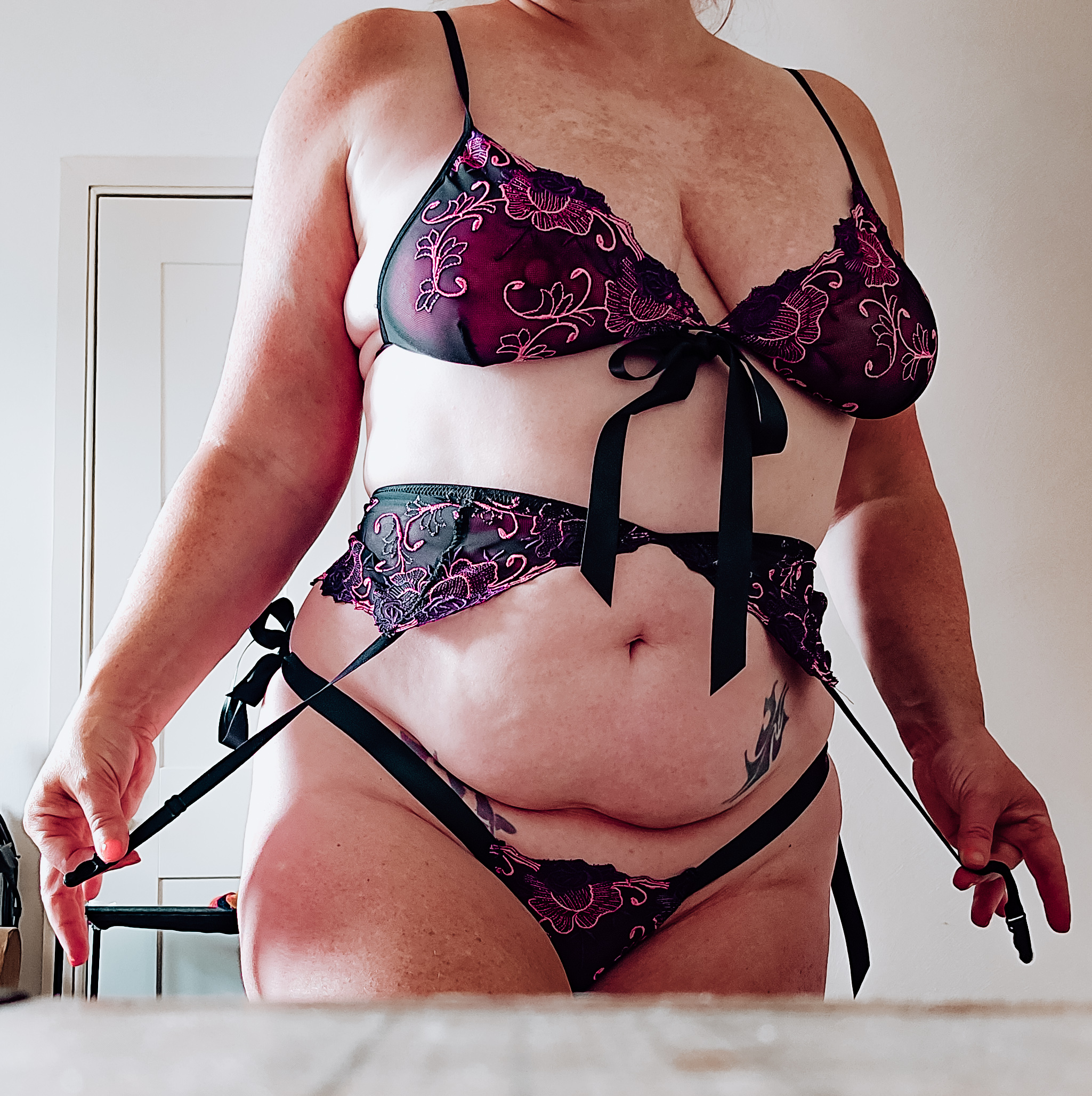Understanding Non-Binary Identities
Non-binary identities represent a spectrum of gender experiences that fall outside the traditional binary categories of male and female. Understanding these identities requires moving beyond assumptions about gender and recognizing the diversity of human expression.
Definitions and Terminology
Non-binary individuals may identify as neither male nor female, or as both simultaneously. This can manifest in various ways, including feeling partially male and partially female, identifying with a different gender altogether, or experiencing fluidity in their gender identity. It’s crucial to remember that non-binary identities are not simply a trend or phase; they are valid and enduring expressions of self.
Terminology surrounding non-binary identities is constantly evolving and it’s important to be respectful and open to learning. Some common terms include agender, bigender, genderfluid, and genderqueer. It’s always best to ask individuals how they prefer to be identified rather than making assumptions based on their appearance or behavior.
Respecting non-binary individuals means acknowledging their chosen names and pronouns, avoiding gendered language unless invited to use it, and creating a space where they feel safe and accepted to express themselves authentically.
Spectrum of Gender Identities
Understanding how to respect boundaries in non-binary relationships involves recognizing the individual needs and preferences of the person you’re with.
Just as in any relationship, open communication is key. Encourage your partner to share their comfort levels with physical touch, emotional intimacy, and public displays of affection. Be willing to listen attentively and adapt your behavior accordingly.
Remember that gender expression can vary greatly among non-binary individuals. Some may prefer to be addressed by they/them pronouns, while others might use a different set. Always ask about preferred pronouns and honor their choice. Avoid making assumptions based on appearance or gender stereotypes.
Be mindful of language. While using gender-neutral terms is generally respectful, some non-binary individuals may appreciate the inclusion of their chosen gender identity in conversations. It’s always best to ask how they prefer to be referred to.
Ultimately, respecting boundaries in a non-binary relationship means creating a safe and affirming space where your partner can feel comfortable expressing themselves authentically and setting limits as needed.
Respectful Communication
Building healthy relationships involves understanding and respecting individual needs and boundaries. This is especially important in non-binary relationships, where navigating gender expression and identity can be complex. By fostering open communication, actively listening to your partner’s preferences, and being mindful of language, you can create a space where both individuals feel safe, valued, and respected.
Active Listening and Validation
Respectful communication is fundamental in any relationship, but it takes on particular importance in non-binary relationships. It involves speaking with kindness, empathy, and a willingness to learn. Active listening is crucial – truly hearing your partner’s words and understanding their perspective without interruption or judgment.
Validation is equally important; acknowledging your partner’s feelings and experiences as valid, even if you don’t fully understand them. When your partner shares something about their gender identity or experiences, listen attentively and let them know you hear and respect what they are saying.
Using Preferred Names and Pronouns
Respectful communication is essential for healthy relationships, particularly in non-binary relationships where understanding and validating individual identities is paramount. Active listening involves truly hearing your partner’s words and understanding their perspective without interruption or judgment.
Validation is equally important; acknowledging your partner’s feelings and experiences as valid, even if you don’t fully understand them. When your partner shares something about their gender identity or experiences, listen attentively and let them know you hear and respect what they are saying.
When communicating with a non-binary individual, it is crucial to use the names and pronouns they identify with. Asking for someone’s preferred pronouns and using them consistently demonstrates respect and inclusivity. Avoid making assumptions about gender based on appearance or behavior.
Additionally, be mindful of language that reinforces traditional gender roles or stereotypes. Opt for gender-neutral terms when appropriate, but remember to ask your partner how they prefer to be referred to in specific contexts.
Open Dialogue about Boundaries
Respecting boundaries in non-binary relationships begins with open communication and a willingness to understand individual needs.
Encourage your partner to share their comfort levels with physical touch, emotional intimacy, and public displays of affection. Listen attentively and adapt your behavior accordingly. Remember that gender expression can vary greatly among non-binary individuals; some may prefer they/them pronouns, while others might use a different set. Always ask about preferred pronouns and honor their choice.
Be mindful of language. While using gender-neutral terms is generally respectful, some non-binary individuals may appreciate the inclusion of their chosen gender identity in conversations. It’s always best to ask how they prefer to be referred to.

Creating a safe and affirming space where your partner can express themselves authentically and set limits as needed is fundamental to respecting boundaries.
Active listening is crucial – truly hearing your partner’s words and understanding their perspective without interruption or judgment. Validation is equally important; acknowledging your partner’s feelings and experiences as valid, even if you don’t fully understand them.
Respectful communication involves speaking with kindness, empathy, and a willingness to learn.

When communicating with a non-binary individual, it is crucial to use the names and pronouns they identify with. Asking for someone’s preferred pronouns and using them consistently demonstrates respect and inclusivity.
Avoid making assumptions about gender based on appearance or behavior. Additionally, be mindful of language that reinforces traditional gender roles or stereotypes. Opt for gender-neutral terms when appropriate, but remember to ask your partner how they prefer to be referred to in specific contexts.
Setting Boundaries
Respecting boundaries is essential in any relationship, but it takes on added significance in non-binary relationships where understanding and validating individual identities is paramount.
Personal Space and Physical Touch
Setting clear boundaries around personal space and physical touch is crucial in all relationships, including those with non-binary partners. Open communication is key to establishing these boundaries.
Start by having an honest conversation about what feels comfortable for both of you. This includes discussing preferences regarding hugging, holding hands, kissing, and intimate contact.
Remember that comfort levels can change over time or in different situations. Be open to revisiting the conversation as needed and be respectful if your partner expresses a desire to adjust boundaries.
It’s important to remember that everyone has different comfort zones regarding physical touch. Some individuals may enjoy frequent physical contact, while others prefer more space.
Respecting these differences is essential for building a healthy and comfortable relationship. If you’re unsure about something, it’s always best to ask.
Emotional Needs and Support
Understanding how to respect boundaries in non-binary relationships involves recognizing the individual needs and preferences of the person you’re with.
- Just as in any relationship, open communication is key. Encourage your partner to share their comfort levels with physical touch, emotional intimacy, and public displays of affection.
- Be willing to listen attentively and adapt your behavior accordingly.
Remember that gender expression can vary greatly among non-binary individuals. Some may prefer to be addressed by they/them pronouns, while others might use a different set. Always ask about preferred pronouns and honor their choice.
Avoid making assumptions based on appearance or gender stereotypes.
Be mindful of language. While using gender-neutral terms is generally respectful, some non-binary individuals may appreciate the inclusion of their chosen gender identity in conversations. It’s always best to ask how they prefer to be referred to.
Respecting boundaries in non-binary relationships means creating a safe and affirming space where your partner can feel comfortable expressing themselves authentically and setting limits as needed.
Building healthy relationships involves understanding and respecting individual needs and boundaries. This is especially important in non-binary relationships, where navigating gender expression and identity can be complex. By fostering open communication, actively listening to your partner’s preferences, and being mindful of language, you can create a space where both individuals feel safe, valued, and respected.
Time and Energy Limits
Setting boundaries around time and energy is crucial for maintaining well-being in any relationship, including non-binary ones.

Just as you wouldn’t overextend yourself in a friendship or family relationship, it’s important to protect your time and energy within your romantic partnership.
Openly communicate your needs and limits with your partner. Explain how much time and energy you have available to devote to the relationship and what activities feel draining or overwhelming.
Be specific about your needs. For example, you might say, “I need some quiet time alone in the evenings to recharge,” or “I’m happy to spend Saturday afternoons together, but I need Sunday mornings to myself.”
Respecting each other’s boundaries around time and energy shows that you value each other’s needs and well-being.
Remember, it’s okay to say no to requests or activities if they will overextend you.
Healthy relationships involve both giving and receiving, but it’s important to maintain a balance.
Navigating Differences in Experiences
Navigating differences in experiences is essential for fostering healthy and respectful relationships. This becomes particularly important when considering non-binary relationships, where understanding and respecting individual identities and boundaries is paramount.
Acknowledging Diverse Backgrounds
Respecting boundaries in non-binary relationships means creating a safe and affirming space where your partner can feel comfortable expressing themselves authentically and setting limits as needed.
- Just as in any relationship, open communication is key. Encourage your partner to share their comfort levels with physical touch, emotional intimacy, and public displays of affection.
- Be willing to listen attentively and adapt your behavior accordingly.
Remember that gender expression can vary greatly among non-binary individuals. Some may prefer to be addressed by they/them pronouns, while others might use a different set. Always ask about preferred pronouns and honor their choice.
Avoid making assumptions based on appearance or gender stereotypes.
Be mindful of language. While using gender-neutral terms is generally respectful, some non-binary individuals may appreciate the inclusion of their chosen gender identity in conversations. It’s always best to ask how they prefer to be referred to.
Avoiding Assumptions about Preferences
Navigating differences in experiences requires empathy and a willingness to understand perspectives different from our own. In non-binary relationships, this is particularly important as individuals may express their gender identities in diverse ways.
Open communication is fundamental. Encourage your partner to share their comfort levels with physical touch, emotional intimacy, and public displays of affection. Actively listen to their needs and be willing to adapt your behavior accordingly. Remember that gender expression can vary greatly among non-binary individuals; some may prefer they/them pronouns, while others might use a different set. Always ask about preferred pronouns and honor their choice. Avoid making assumptions based on appearance or gender stereotypes.
Language can be powerful, so be mindful of the terms you use. While using gender-neutral language is generally respectful, some non-binary individuals may appreciate the inclusion of their chosen gender identity in conversations. It’s always best to ask how they prefer to be referred to.
Creating a safe and affirming space where your partner feels comfortable expressing themselves authentically and setting limits as needed is essential for a healthy relationship. Remember, respect means valuing individuality and honoring boundaries.
Embracing Individuality
Respecting boundaries in non-binary relationships means creating a safe and affirming space where your partner can feel comfortable expressing themselves authentically and setting limits as needed.
- Open Communication: Just as in any relationship, open communication is key. Encourage your partner to share their comfort levels with physical touch, emotional intimacy, and public displays of affection. Be willing to listen attentively and adapt your behavior accordingly.
- Respect Pronouns and Identity: Remember that gender expression can vary greatly among non-binary individuals. Some may prefer they/them pronouns, while others might use a different set. Always ask about preferred pronouns and honor their choice. Avoid making assumptions based on appearance or gender stereotypes.
- Mindful Language: Be mindful of language. While using gender-neutral terms is generally respectful, some non-binary individuals may appreciate the inclusion of their chosen gender identity in conversations. It’s always best to ask how they prefer to be referred to.
Building healthy relationships involves understanding and respecting individual needs and boundaries. This is especially important in non-binary relationships, where navigating gender expression and identity can be complex. By fostering open communication, actively listening to your partner’s preferences, and being mindful of language, you can create a space where both individuals feel safe, valued, and respected.
Maintaining Healthy Relationships
Respecting boundaries is essential in any relationship, but it takes on added significance in non-binary relationships where understanding and validating individual identities is paramount. This means creating a space where your partner feels comfortable expressing themselves authentically and setting limits as needed. Open communication is key: encourage your partner to share their comfort levels with physical touch, emotional intimacy, and public displays of affection, actively listening and adapting your behavior accordingly. Remember that gender expression can vary greatly; some may prefer they/them pronouns, while others might use a different set. Always ask about preferred pronouns and honor their choice. Be mindful of language – while using gender-neutral terms is generally respectful, some individuals may appreciate the inclusion of their chosen gender identity in conversations. It’s always best to ask how they prefer to be referred to.
Mutual Respect and Consent
Navigating relationships with respect for non-binary identities requires a conscious effort to understand and validate individual experiences. Open communication is paramount, creating a space where your partner feels safe expressing themselves authentically.
Remember that gender expression is diverse within the non-binary community; some may prefer they/them pronouns, while others use different sets. Always ask about preferred pronouns and honor their choice. Avoid making assumptions based on appearance or gender stereotypes. Language matters – while gender-neutral terms are generally respectful, some individuals might appreciate the inclusion of their chosen gender identity in conversations. Inquire about their preference for how they want to be referred to.
Respecting boundaries is crucial, encompassing physical touch, emotional intimacy, and personal space. Encourage your partner to share their comfort levels and actively listen to their needs. Be willing to adjust your behavior accordingly, remembering that preferences can change over time or in different situations.
Ultimately, building healthy relationships with non-binary partners involves empathy, open communication, and a genuine commitment to respecting individual identities and boundaries.
Openness to Growth and Learning
Respecting boundaries in non-binary relationships is crucial for fostering a safe, supportive, and fulfilling partnership.
Open communication is the foundation of healthy boundaries. Encourage your partner to share how to put on a dual cock ring their comfort levels with physical touch, emotional intimacy, and public displays of affection. Be an active listener, truly understanding their needs and adjusting your behavior accordingly.
Remember that gender expression varies greatly among non-binary individuals. Some may use they/them pronouns, while others prefer different pronouns. Always ask about preferred pronouns and honor their choice. Avoid making assumptions based on appearance or gender stereotypes.
Be mindful of language. While using gender-neutral terms is generally respectful, some non-binary individuals may appreciate the inclusion of their chosen gender identity in conversations. It’s always best to ask how they prefer to be referred to.
Respecting boundaries means acknowledging your partner’s needs and limits. This includes respecting their personal space, time, and energy. Be understanding if they need alone time or if they decline an invitation because it doesn’t align with their comfort levels.
By fostering open communication, practicing empathy, and valuing individuality, you can create a strong and respectful relationship with your non-binary partner.
Addressing Conflicts Constructively
Respecting boundaries in non-binary relationships is essential for creating a healthy, supportive, and fulfilling partnership. Open communication is the foundation of this respect. Encourage your partner to share their comfort levels with physical touch, emotional intimacy, and public displays of affection. Listen attentively to their needs and be willing to adjust your behavior accordingly.
Remember that gender expression varies greatly among non-binary individuals. Some may use they/them pronouns, while others prefer different pronouns. Always ask about preferred pronouns and honor their choice. Avoid making assumptions based on appearance or gender stereotypes.
Be mindful of language. While using gender-neutral terms is generally respectful, some non-binary individuals may appreciate the inclusion of their chosen gender identity in conversations. It’s always best to ask how they prefer to be referred to.
Respecting boundaries also means acknowledging your partner’s needs and limits regarding personal space, time, and energy. Be understanding if they need alone time or decline an invitation because it doesn’t align with their comfort levels.
By fostering open communication, practicing empathy, and valuing individuality, you can create a strong and respectful relationship with your non-binary partner.
MS Style and Grace
Red Nails Green Veggies
- How Much Do Fillers Cost In The UK? - August 12, 2025
- How Long To Wait After Lip Filler Dissolve - August 10, 2025
- How Long Does It Take For Nasolabial Fold Fillers To Settle In Kingston Upon Thames - August 5, 2025
